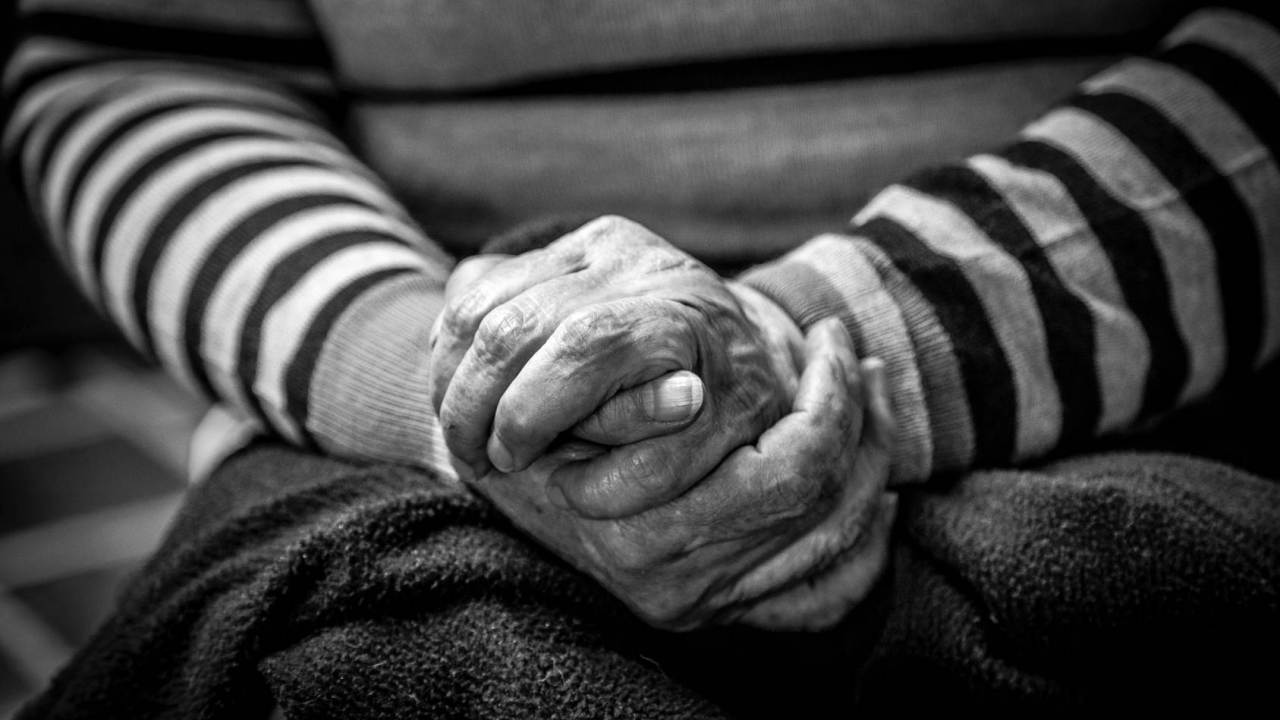
Monday musings are my way of sharing “brain blorts”: brief, off-the-cuff thoughts about something I have read recently, both to help clarify my thinking an in the hopes of generating discussion and response. I give myself 15 minutes or so to jot down a summary of the article(s) stuck in my brain, and outline why I think they may be important.
–Elizabeth Merritt, VP Strategic Foresight and Founding Director, Center for the Future of Museums, American Alliance of Museums
I’m taking a few minutes to share a brief thought on funding museums. As in, who should pay for the good we do for society?
This musing is sparked by recent research looking at the overall financial impact of Make-a-Wish awards. Fulfilling the wish of a terminally ill child typically costs the foundation over $10k. Hard-nosed effective altruists might say that money would be better spent on medical research, or pooled to benefit sick children overall. But it turns out that children who have their wishes fulfilled through this funding have better health outcomes, and need fewer expensive treatments. In fact, it might be economical for insurance companies to fund the wishes in order reduce children’s medical costs. Hmmm…
A couple of weeks ago I was in Minneapolis for an orientation workshop for representatives of organizations selected to participate in the Seeding Vitality Arts in Museums initiative funded by Aroha Philanthropies.
I helped set the stage with a brief look at the challenges facing an aging America. One of the greatest of these is social isolation. By 2035, there will be 9.3 million one-person households in the US aged 80 or over. That’s nearly sixty percent of households in that age group! Technologies such as online shopping and banking and telehealth may make it easier to “age in place,” but will also heighten the risk of isolation by giving older adults fewer reasons to be out and about in their communities. Researchers estimate that health issues associated with isolation cost Medicare $6.7 billion a year.
The sequential, in-depth arts workshops funded by Aroha are specifically designed to promote social interactions among older adults. Sixty-six percent of participants report they formed new and stronger relationships through participating in the program, and 60 percent said the workshop experience encouraged them to participate in other community activities. Programs such as this usually need outside funding in order to be affordable and accessible to people on tight budgets. Most often, philanthropies such as Aroha pick up the tag, but this means such opportunities are rare, rather than ubiquitous. If we can document that through engaging with museums, seniors experience better quality of life, improved health outcomes and lower medical costs…we may have a modest proposition to make to Aetna et al. I’d call that a prescription for success.









Excellent reflexion, Elizabeth! I attended the Vitality Arts workshop in Minneapolis and your eye-opening presentation. Thank you for sharing your thoughts on challenging questions and possible answers.
Thank you for your kind words, Lisa. I hope we can work together to make this vision a reality…
We’ve done some collaborations with 2 senior homes here at the Wildling Museum, hosting the art that they produce with teachers at their residences and wow…doing art and having other people appreciate it really does help them, and it gives their family members such pride in their person as well. Maybe it’s easier in small towns like here in Solvang, CA but we treasure our ability to support the art-making of seniors. And guess what, our visiting public LOVES seeing their work, however skillful it is or isn’t. The seniors’ art teachers talk about how the making of art helps improve their coordination and sparks positive memories as well. It’s a win-win-win for all and it doesn’t even have to cost much to any party involved. So, yes, I think you are definitely on to something, Elizabeth!
Inspiring! Thank you for your interesting perspective.
Excellent thinking. Everyone ages! We need to be creative and make known the benefits, not just to seniors but also to society. This is not another cost center or do-good effort. There is useful research and there are endeavors along these lines in the museum and related sectors, but it feels piecemeal at this point. There may be some other issues to consider and counter, such as stereotyping and/or isolation of the over-60 crowd and firing/retiring of experienced older staff.
Very cool conclusion.
I wonder to what extent higher education can pivot to teach more seniors.